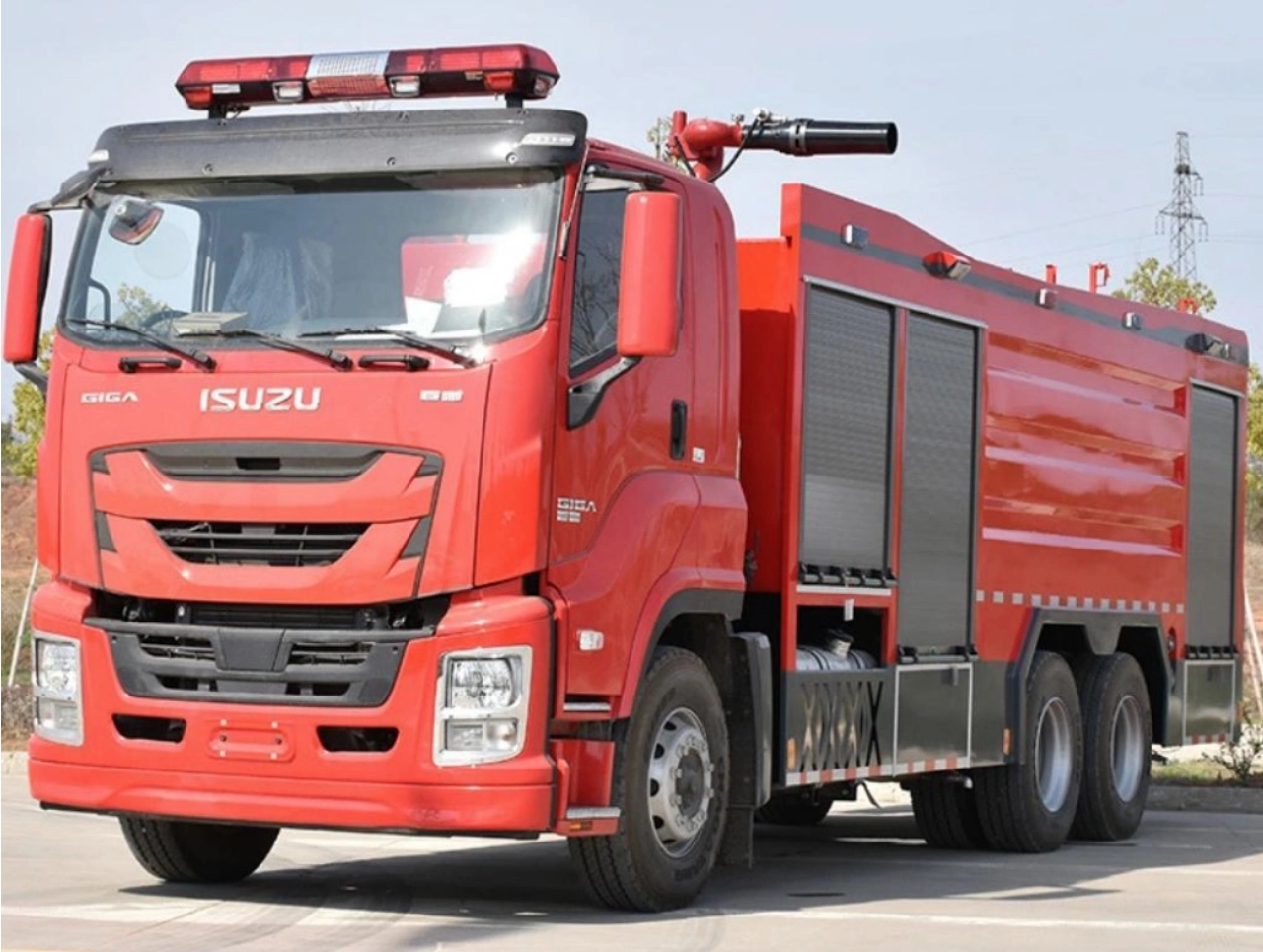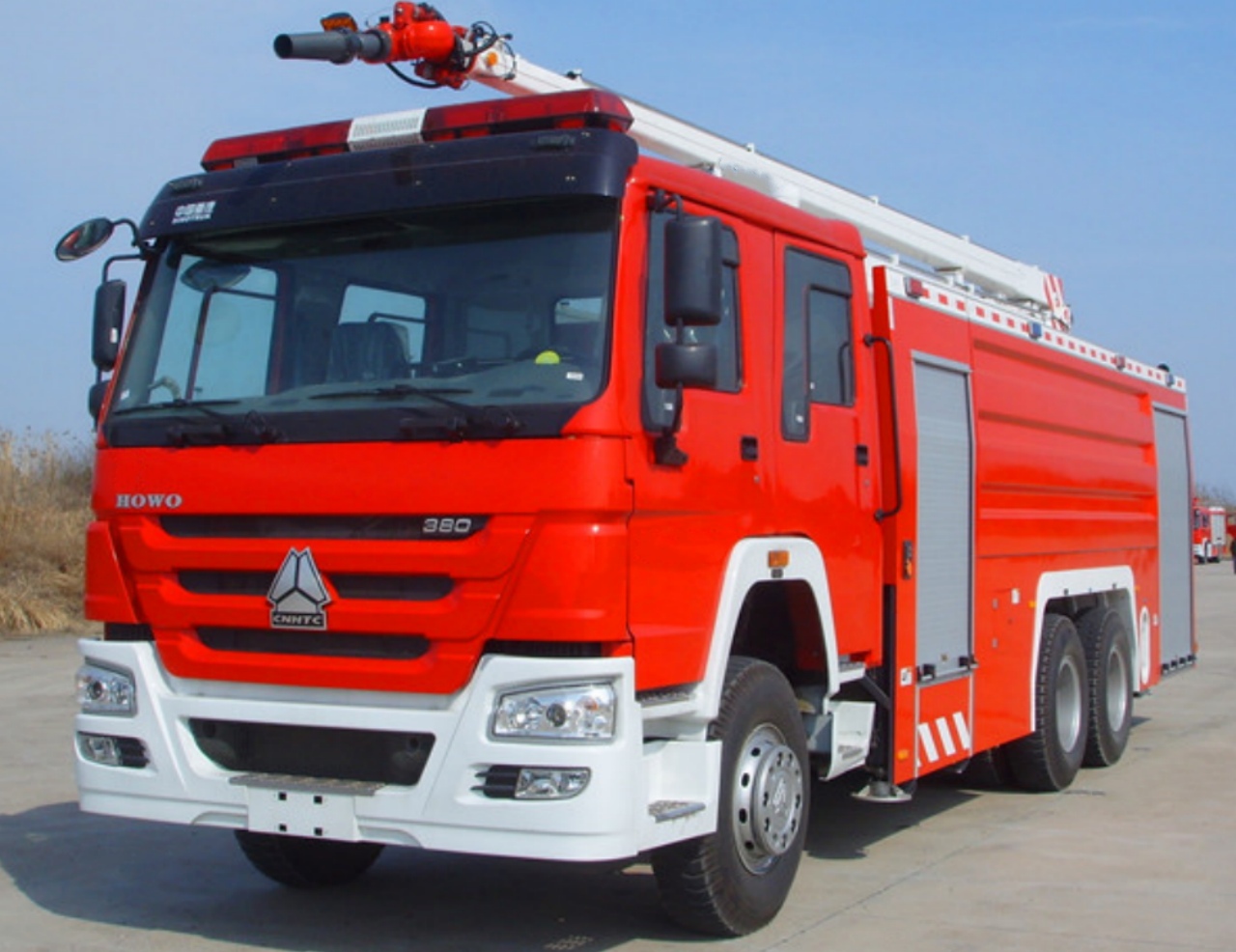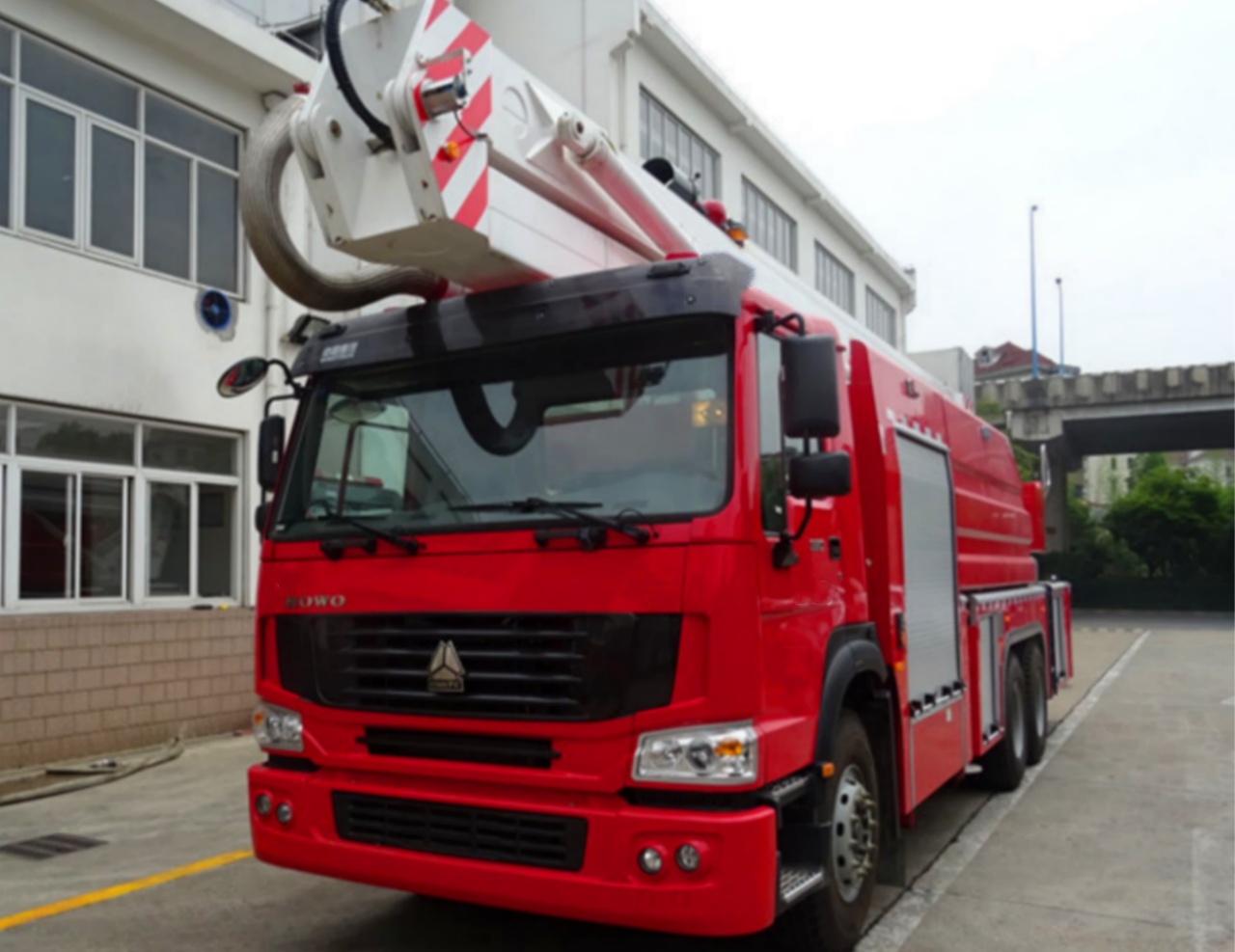Fire apparatuses are essential vehicles used by fire departments to respond effectively to emergencies. These vehicles are equipped with the necessary tools and equipment to fight fires, perform rescues, and provide emergency medical services. Among the various types of fire apparatuses, one stands out as the most common and universally recognized—the pumper truck, also known as an engine or fire engine. This article delves into why the pumper truck is the most prevalent fire apparatus, its functions, features, and how it compares to other types of firefighting vehicles.
Understanding Fire Apparatus Types
Before exploring the pumper truck in detail, it’s helpful to understand the broader classification of fire apparatuses. Fire departments deploy different vehicles depending on the type of emergency and the geographical area they serve. Some of the major categories include:
- Pumper trucks (fire engines): Designed to pump water and transport firefighters and equipment.
- Aerial apparatuses: Include ladder trucks and tower ladders used for high-rise access and elevated water streams.
- Rescue apparatuses: Carry specialized equipment for technical rescues, such as extrication tools and rope systems.
- Tanker or tender trucks: Transport large volumes of water, especially to areas without hydrants.
- Wildland fire engines: Built for off-road terrain and used to combat forest and brush fires.
- Command vehicles: Used by fire officers for coordination and communication at the scene.
- Hazmat units: Equipped for handling hazardous materials incidents.
Despite this variety, the pumper truck remains the backbone of most fire departments.
What Makes the Pumper Truck the Most Common?
The pumper truck’s versatility, essential function, and widespread applicability make it the most commonly used type of fire apparatus. These vehicles are the first to arrive at most emergencies and serve as the primary response units for structural fires and many other incidents.
Here are some reasons why they are so common:
1. Core Firefighting Capability
Pumper trucks are specifically built to fight fires. Their primary function is to pump water from a water source—whether that’s a hydrant, a portable tank, or a natural source like a lake—through hoses to extinguish fires. They typically feature a powerful onboard water pump (usually rated at 1,000 to 2,000 gallons per minute) and carry a modest onboard water tank (usually 500 to 750 gallons).
2. Equipment Transport
In addition to hoses and water, pumper trucks carry a broad array of tools and equipment. These can include:
- Ground ladders
- Hose lines and nozzles
- Fire extinguishers
- Axes and halligans
- Thermal imaging cameras
- Medical supplies
This makes them useful for more than just firefighting—they can assist in rescues, vehicle extrications, and basic life support situations.
3. Crew Transportation
Pumper trucks are usually staffed with 3 to 6 firefighters. Their cabs are designed to safely transport the crew to and from emergency scenes. Having the crew and essential equipment in 1 vehicle enables a rapid and effective response.
4. Wide Deployment
Because pumper trucks are used for a wide range of calls—from structural fires to car accidents to emergency medical situations—fire departments of all sizes, from large metropolitan cities to small rural towns, maintain at least one pumper truck in their fleet. This universal application makes them the most deployed and maintained fire apparatus in the world.
Key Features of a Pumper Truck
A typical pumper truck is built on a custom or commercial chassis and features the following core components:
- Pump system: Usually a centrifugal pump, operated by the vehicle’s engine or a separate power take-off (PTO) system.
- Water tank: Onboard storage for immediate use before connecting to a hydrant.
- Hose bed: Carries different types of hoses, including attack lines, supply lines, and booster reels.
- Compartments: Store tools and gear in an organized manner.
- Engine and drivetrain: Designed for rapid acceleration and maneuverability, often with 4-wheel drive in rural or difficult terrain.
- Lighting and communication systems: For visibility and coordination during night operations or low-visibility scenarios.
Comparing Pumper Trucks with Other Apparatus Types
While pumper trucks are the most common, it’s worth contrasting them with other types of fire apparatus to highlight their central role.
- Ladder Trucks vs. Pumper Trucks: Ladder trucks are indispensable for high-rise operations, but are not equipped with water tanks or pumps. They typically rely on a pumper to supply water to their elevated nozzles.
- Rescue Trucks vs. Pumper Trucks: Rescue trucks specialize in carrying advanced rescue tools and are often not equipped with water pumping capabilities.
- Tanker Trucks vs. Pumper Trucks: Tankers carry larger volumes of water but lack the pumping capacity and versatility of a pumper.
Pumper trucks often work in tandem with these other vehicles, especially in complex or large-scale emergencies.
Variations of Pumper Trucks
There are different configurations of pumper trucks to suit specific environments and missions:
- Urban pumpers: Compact for maneuvering in tight city streets, with a focus on quick deployment.
- Rural pumpers: Equipped with larger water tanks due to limited hydrant access.
- Mini pumpers: Smaller units used for medical calls or brush fires, especially in hard-to-reach areas.
- Rescue-pumper hybrids: Combine features of a pumper with additional compartments and equipment for rescue operations.
These variations allow departments to tailor their apparatus fleet to meet local needs while keeping the core functionality intact.
Conclusion
The pumper truck stands out as the most common and essential type of fire apparatus in modern fire service. Its combination of water pumping capability, equipment storage, crew transport, and versatility makes it indispensable for firefighting and emergency response. Whether responding to a house fire, a car crash, or a medical emergency, the pumper truck is often the first on the scene and the most frequently used vehicle in the fire department’s arsenal.
As fire departments continue to evolve and adapt to changing technologies and hazards, the pumper truck remains a timeless and central component in ensuring public safety. Its reliability, adaptability, and functionality explain why it holds the top spot in fire apparatus fleets across the globe.











